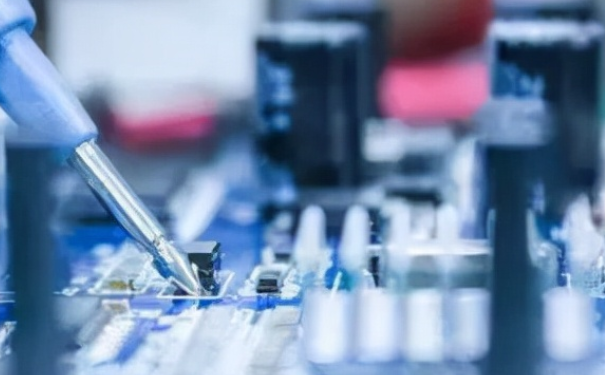Characteristics analysis and technical difficulties of lead-free welding process
Date:2022-07-05 15:06:24 Views:2328
Lead free solder is mainly used in electronic packaging, temperature fuse and other fields to realize the connection function between the connected materials. For example, the connection between electronic components and circuit boards can be realized by reflow soldering or wave soldering. So what is the definition of lead-free solder? What are the characteristics and technical difficulties of lead-free welding? In the whole process of SMT placement, an excellent lead-free solder joint plays a vital role in the quality of the whole PCBA finished product. Let's discuss the characteristics and technical difficulties of lead-free welding process.

Definition of lead-free solder
Pb free solder refers to that the chemical composition of the solder does not contain lead (PB). RoHS Directive requires that the Pb content should not exceed 1000ppm, that is, 0.1%.
(1)Characteristics of lead-free welding:
1. The tensile strength, toughness, ductility and creep resistance of lead-free solder joints are not much different from those of tin lead alloys.
2. Lead free solder joints have rough appearance, many pores, large wetting angle and no half moon shape.
3. Lead free solder has good wettability.
(2)Difficult problems of lead-free welding technology:
1. Increased manufacturing costs: PCB components, welding materials, flux, equipment personnel, etc;
2. The difficulty of processing technology increases: the welding temperature of lead-free solder increases, and the process window is narrow;
3. High requirements for production equipment: wave soldering, reflow soldering, visual inspection equipment, online testing equipment, repair equipment, etc;
4. Increase work pressure: designate the person in charge to complete the preparatory work, determine the guidance schedule, instrument and equipment value-added budget, etc;
5. The production quality is reduced: the lead content of incoming materials is detected, the brightness of solder joints is reduced, the residue is increased, the difficulty of online testing is increased, and the surface insulation resistance is increased.
The appearance of lead-free solder joints is rough, with many pores, large wetting angle and no half moon shape. Because the appearance of lead-free solder joints is obviously different from that of lead solder joints, it can even be considered unqualified if measured by the original inspection standard with lead. With the deepening and development of lead-free technology, the improvement of flux and the progress of technology, the rough appearance of lead-free solder joints has been improved.
The above is the content related to lead-free welding compiled by the core detection team. I hope it will be helpful to you. Shenzhen Chuangxin Online Testing Technology Co., Ltd. is a well-known professional testing institution for electronic components in China, with 3 standardized laboratories covering an area of more than 1000 square meters. The scope of testing services covers: electronic component testing and verification, IC authenticity identification, product design and material selection, failure analysis, function testing, factory incoming material inspection, component X-ray testing, taping and other test items.




 Weixin Service
Weixin Service

 DouYin
DouYin
 KuaiShou
KuaiShou





















